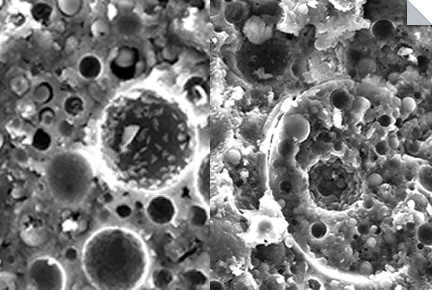Modelling of the carbonation of concrete (UR-CORE) from fractional conversion data obtained through in situ monitored neutron diffraction experiments
DOI:
https://doi.org/10.4067/S0718-50732009000300003Keywords:
Accelerated carbonation, in situ monitoring, neutron diffraction, modelling, UR-COREAbstract
One of the most important depassivation mechanisms of steel reinforcement in concrete is that caused by the neutralisation of the cement matrix. In this work, a summary of the development of a model for the carbonation of cementitious matrixes (UR-CORE) is presented. On one hand, in-situ monitoring of the changes that take place in the phase composition of cement pastes during accelerated carbonation (100% CO2) for different binders, is reported, by taking Neutron Diffraction patterns in parallel with the carbonation experiments. The variation of the intensity of chosen reflections for each phase along the experiment supplied data, in real time, for fractional conversion of different phases. On the second hand, fitting of these results allowed to make a quantitative approach to the kinetics of the carbonation of the different phases, and develop the UR-CORE model that is based on the principles of the “unreacted-core” systems, typical of chemical engineering processes.


